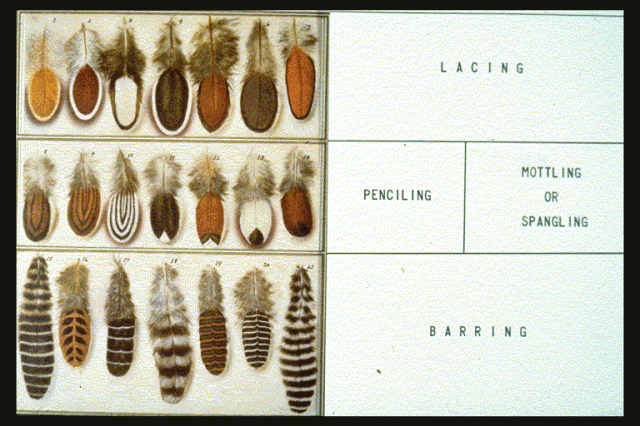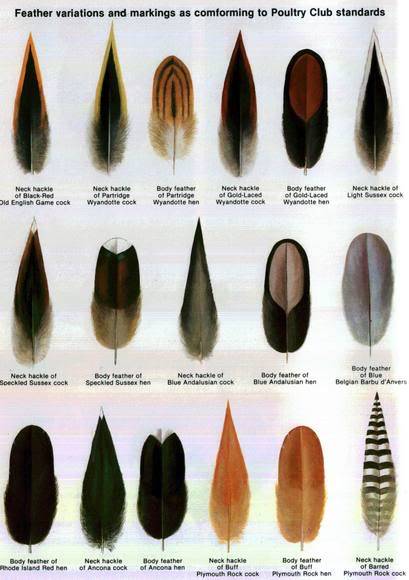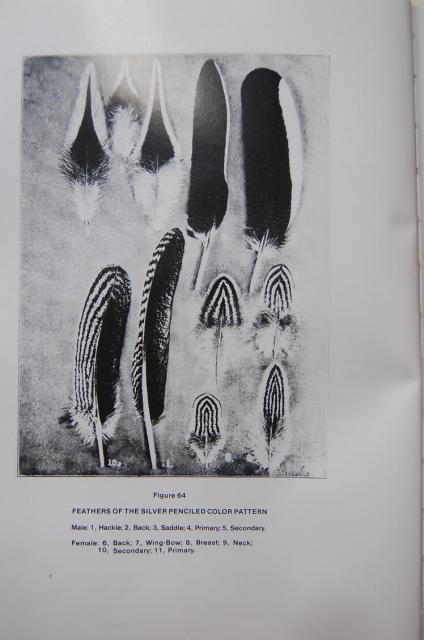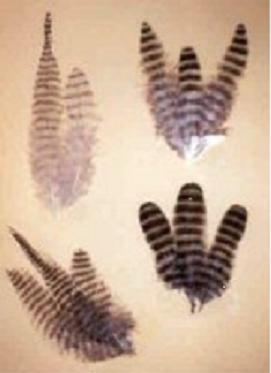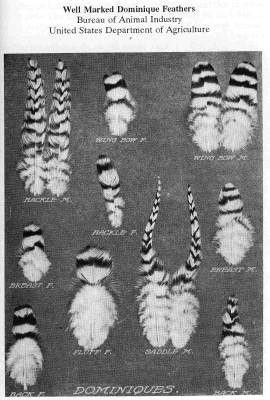- Aug 3, 2009
- 889
- 16
- 133
Would anyone care to enlighten me? I would like to know the basics of "how to get the colors"... lavender, mille fluer, porcelain, so many colors that I never knew about, etc... what you can, cannot, should not cross different colors with, etc.... And what the differences are in some of the colors that look so clase, like wheaten and other brownish colors...
While you're at it, would you care to explain the different patters to me? Laced, penciled, etc... And HOW do you say what color a white chicken with gold edges on the feathers are?!?!? I would say "gold- laced" but apparently "gold laced" means that the feather is gold and has black lacing around it... I AM SO CONFUSED!!! LOL
While you're at it, would you care to explain the different patters to me? Laced, penciled, etc... And HOW do you say what color a white chicken with gold edges on the feathers are?!?!? I would say "gold- laced" but apparently "gold laced" means that the feather is gold and has black lacing around it... I AM SO CONFUSED!!! LOL
Last edited:

